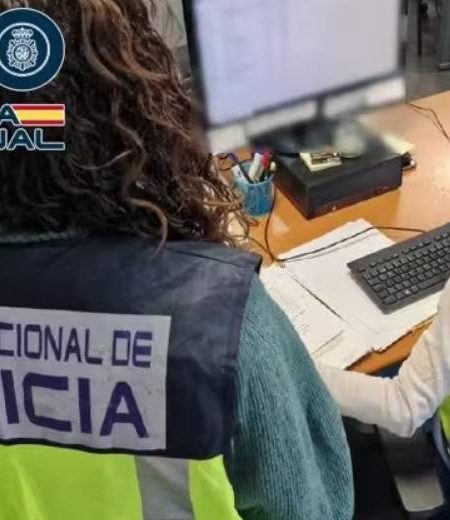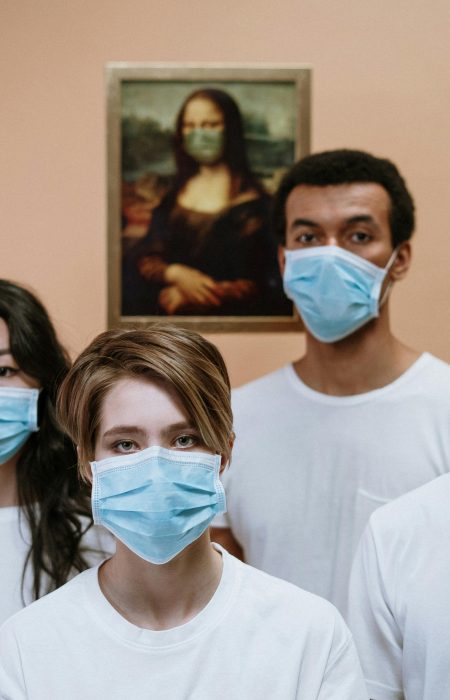As summer approaches, soaring temperatures might represent a health danger. As a result, professionals from the Andalusian Society of Intensive Care Medicine and Coronary Units (SAMIUC) sought to use this opportunity to warn and caution people about the dangers of heat exhaustion, which can be fatal in just a few minutes.
“High temperatures shouldn’t be taken lightly; the risks they pose shouldn’t be underestimated,” says Dr. Fernando Segura González, an intensive care physician in the Intensive Care Unit at the Virgen de Victoria University Hospital and a member of SAMIUC for Málaga.
“Heat stroke is the highest level of heat-related illness, which can lead to multiple organ failure or even death in some cases,” explains Dr. Segura. Heat stroke occurs when the body overheats as a result of prolonged exposure to the sun or extreme heat, which is why it is more common during the summer months.
What are the symptoms?
In reality, the physician emphasises that the primary sign of a heat stroke is an increase in body temperature exceeding 39 or 40 degrees. The intensivist at the Hospital Clínico de Málaga explains that such an increase can cause mental changes, including confusion, agitation, difficulty speaking, delirium, disorientation, and seizures. Another common symptom is a change in sweating.
“Interestingly, in heat stroke, the skin is dry and hot, demonstrating a failure in the body’s ability to eliminate heat, which is why sweating occurs: to promote the elimination of body heat,” he said.
Other common symptoms include nausea, vomiting, flushed skin, rapid breathing, an increased pulse, and headaches. Often, people mistake these symptoms for milder diseases like sunstroke, leading to untreated cases. This means that by the time they become noticeable, “the process has already been developing for several hours, making it harder to reverse the multi-organ dysfunction that can occur in more severe cases.”
Who is it affected?
In this regard, SAMIUC emphasises that if not treated promptly, heat stroke can cause catastrophic repercussions such as brain damage, organ failure, kidney failure, or cardiorespiratory arrest, which may need admission to the Intensive Care Unit or, in the worst-case scenario, death.
Children and the elderly are the most vulnerable populations and require the most caution. “Both very young children and the elderly have difficulty not only dissolving heat but also staying hydrated,” says Dr. Segura, emphasising the importance of reminding them to drink water frequently and stay cool.
Furthermore, he warns that persons with chronic diseases who take medicine, those who are unfamiliar with these temperatures, such as tourists from colder areas, and those who exercise in the heat of the day are also at risk.
How should I act?
The Andalusian Society of Intensive Care Medicine and Coronary Units reminds us that understanding how to diagnose heat stroke early can save lives and even prevent it if we respond responsibly and immediately.
“The first thing to do would be to remove the person from the sun and place them in the shade or indoors; remove any excess clothing; cool them down using whatever means are available, such as a cool shower, placing them in a bathtub with cold water, spraying them with water, fanning them while trying to cool them down, and we can also place ice packs or wet towels, for example, on the nape of the neck, neck, groin, or armpits,” says Dr. Segura.
When it comes to treatment, the physician emphasises that there is no medication that has a substantial effect on the temperature in this particular case, therefore it makes no sense to use drugs frequently used to treat fever, such as paracetamol or ibuprofen. “Even in a patient with a low level of consciousness, administering pills can lead to choking ,” she states.
He also believes that if there is even the slightest suspicion, emergency services should be alerted immediately to try to stop the incident and prevent the sickness from spreading. “There is no need to wait till the patient loses consciousness. If in doubt and we notice that things are moving beyond the norm, we should dial 112 to try to stop the issue as soon as possible and avoid the disease from advancing too far.”
How can it be prevented?
On the other hand, the SAMIUC specialist emphasises that heat exhaustion can be avoided with “common sense” measures such as avoiding the peak hours of the day, as well as prolonged exposure to recreational environments such as the beach or pool, applying sunscreen and reapplying it every two hours or if swimming or sweating excessively.
“And hydrate frequently, even if you don’t feel thirsty. You shouldn’t wait until you’re thirsty to hydrate, because the thirst mechanism already notifies you that you’re late,” says the doctor, who adds that hydration should be with water or sugar-free soft drinks, as alcoholic beverages might encourage the onset of heat stroke.









No Comment! Be the first one.